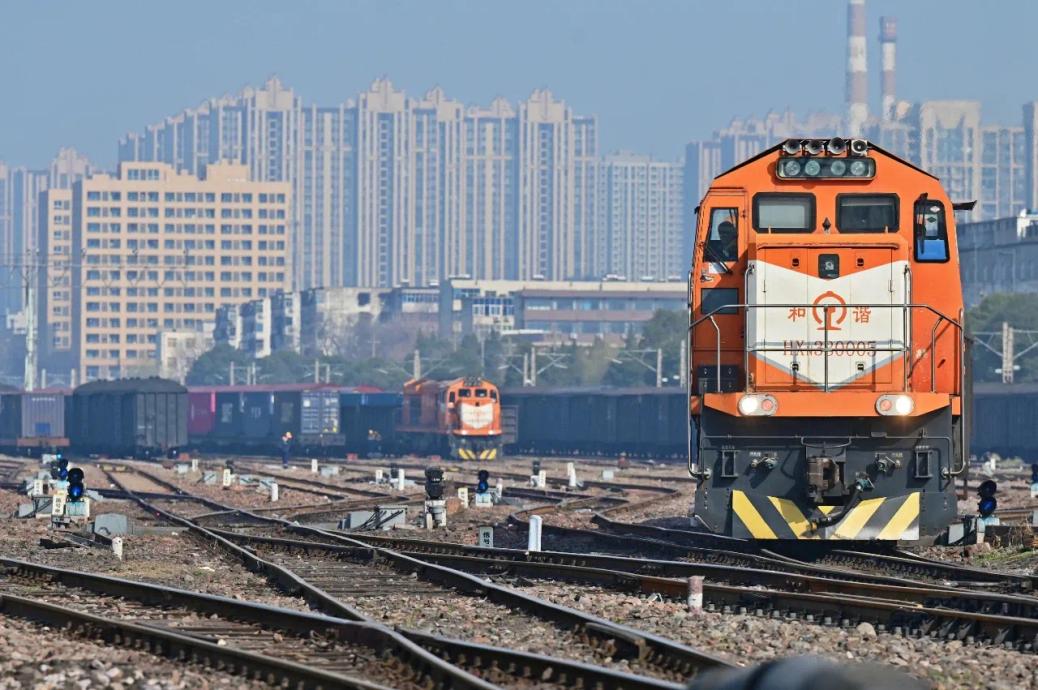
Since the beginning of this year, the Qinzhougangdong Railway Station, a key hub of the New International Land-Sea Trade Corridor, has experienced a surge in demand for transporting essential goods such as grain and fertilizers. The railway, in coordination with the port and customs authorities, closely monitored cargo arrivals and implemented precise supply guarantees and priority transportation for these critical supplies. This approach further optimized the handling and transportation process at the Qinzhougangdong Railway Station, reducing vehicle pickup and delivery times to 60 minutes and increasing efficiency by 33%.
In response to the growing demand for intermodal sea-rail transportation through the New International Land-Sea Trade Corridor, railway authorities have adopted various measures such as “one-stop” intermodal services and “single-bill” systems, addressing key challenges and bottlenecks in customs clearance in the Qinzhou Port. The implementation of paperless customs procedures and the sharing of container information throughout the logistics process have enabled better tracking and cost control throughout the process. By the end of June, the dividing wall between Qinzhou Central Station’s port railway yard and the automated terminal was removed, bringing both under customs supervision. This will allow containers to be efficiently transferred using terminal automation equipment, eliminating the need for dual verification at the port and railway gates. This will not only improve transfer efficiency but also reduce transportation costs for cargo owners, further lowering logistic costs.
As of the present, the sea-rail intermodal train routes of the New International Land-Sea Trade Corridor have been networked, covering 120 stations in 61 cities across 18 provinces in China and connecting to 393 ports in 119 countries and regions worldwide. The variety of goods transported has expanded to over 940 types, significantly enhancing the radiating driving force in the Beibu Gulf International Gateway Port Area of Guangxi.
 附件:
附件: